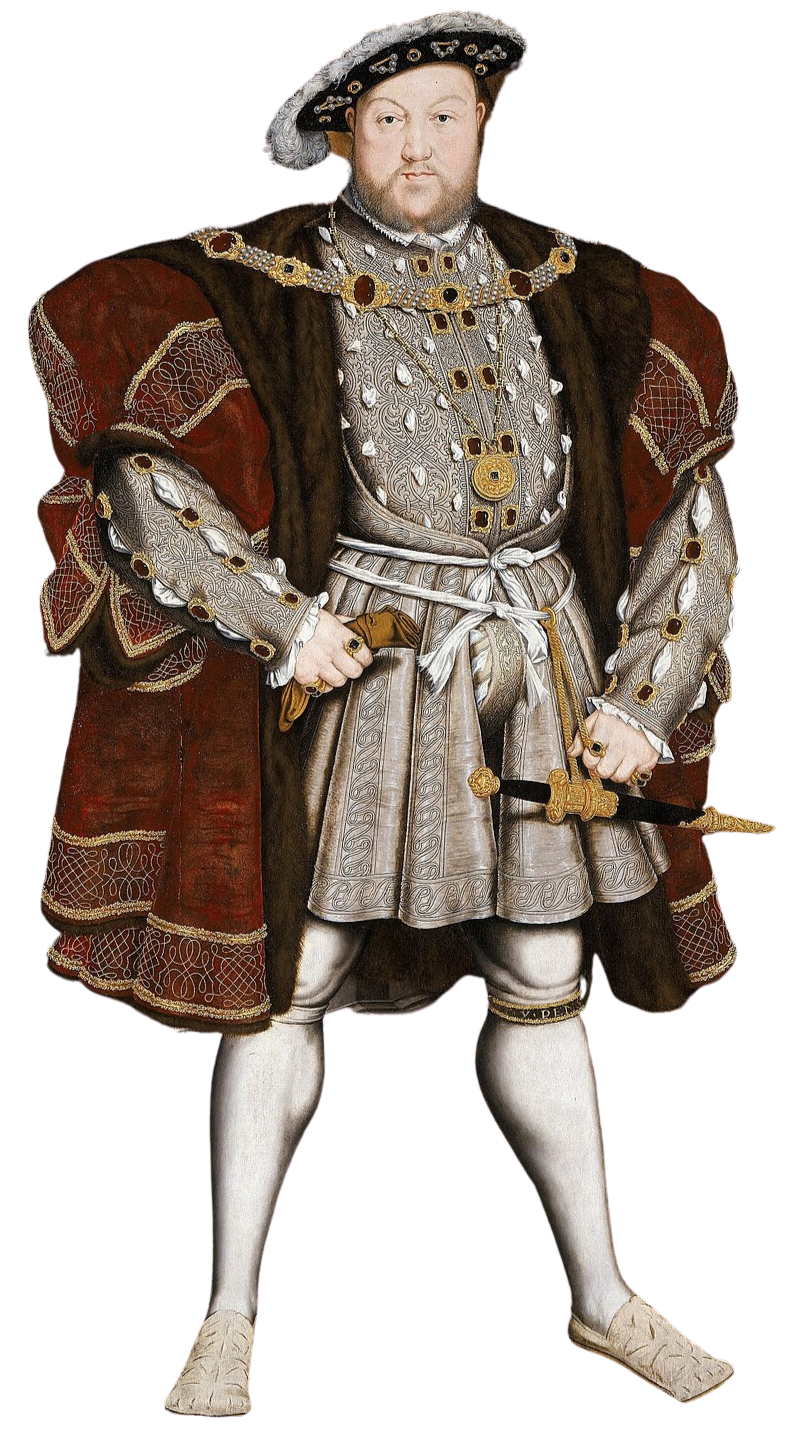The Age of Absolutism
“L'État, c'est moi. (I am the state).”
— Louis XIV
What was it?
The Age of Absolutism, spanning roughly from the late 1500s to the early 1700s, was a period in European history when kings and queens sought to centralize and expand their power. The word “absolutism” comes from the idea of absolute rule, authority that was not limited by laws, legislatures, or traditional checks on power. Monarchs claimed that their right to rule came directly from God, a belief known as the divine right of kings. This idea justified their ability to make laws, control the military, collect taxes, and shape the culture of their nations without interference.
The Hundred Years War
Prior to the Age of Absolutism
This era grew out of a time of crisis. Europe had been shaken by wars of religion, economic upheavals, and social unrest. Many people longed for stability, and strong rulers promised order and security. Absolute monarchs built large armies, established professional bureaucracies, and often weakened the power of nobles and representative assemblies. In doing so, they laid the foundation for modern centralized states.
Notable Figures
Notable rulers left lasting marks on this period. In France, Louis XIV, the “Sun King,” became the model of absolute rule, famously declaring “I am the state.” He built the grand Palace of Versailles as both a symbol of power and a tool to keep the nobility under his watch. In Russia, Peter the Great modernized the country by reforming its military, government, and culture to resemble Western Europe. In Spain, rulers like Philip II tied their power closely to Catholicism, using religion to unify and strengthen their authority. Meanwhile, in other parts of Europe, such as England, attempts at absolutism clashed with traditions of parliamentary rule, eventually leading to conflict and change.
The Execution of Anne Boleyn
Left to right: Philip II, Louis XIV, Peter the Great, Henry VIII
Absolute Corruption
The Age of Absolutism was not without consequences. While it brought order and centralized control, it often came at the expense of individual freedoms and local traditions. Heavy taxation and endless wars drained economies and caused resentment among common people. Still, this era shaped the political landscape of Europe, paving the way for later revolutions and the modern nation-state.
As we take a deeper look into this period, we will explore the monarchs who defined the age, both their accomplishments and their failures, and examine how their legacies influenced the path of European and world history.
Map of Absolute Monarchs
The map below shows each country and king we will be looking at in this WebQuest.


















